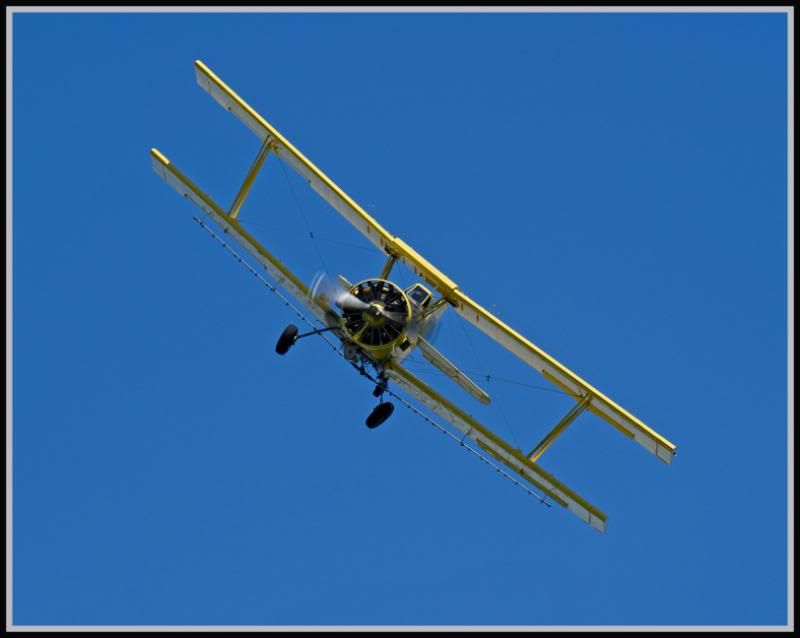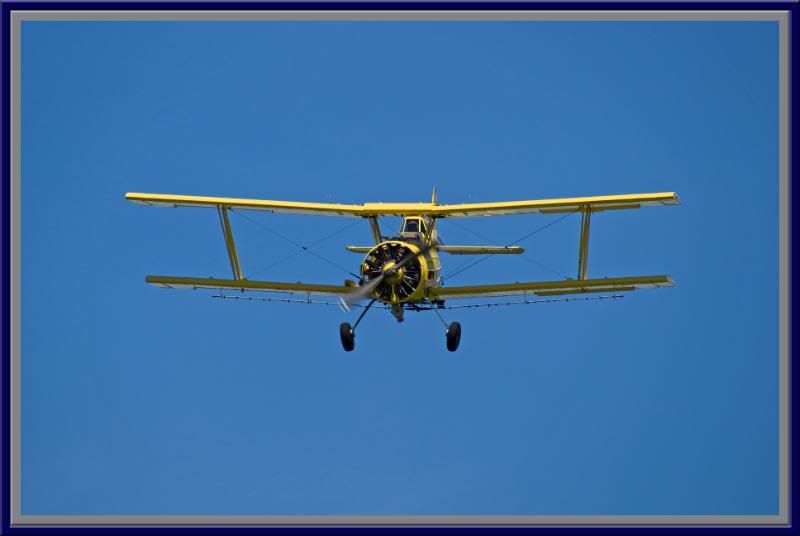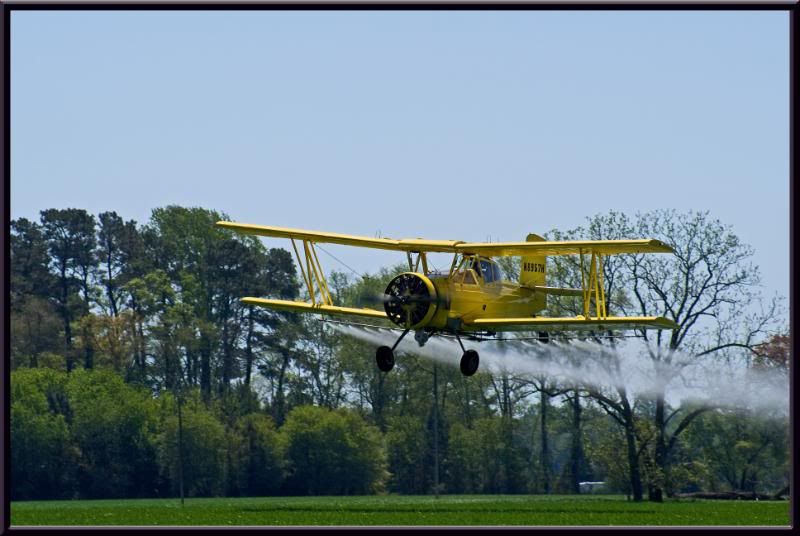- Joined
- May 1, 2008
- Messages
- 25,502
- Reaction score
- 5,111
- Location
- UK - England
- Can others edit my Photos
- Photos OK to edit
- Moderator 🛠️
- #1
Ok I've hit a bit of a wall, having been dragged out to Lowestoft airshow today (thankfully it didn't rain too hard whilst I was there) I encountered a rather difficult problem - that of getting photos of propeller planes whilst keeping the plane itself sharp and the propellers blurred. I found that around 1/200-1/350sec odd was around the speed that at least blurred the propeller - however many of my shots have suffered a lot with softer results overall from these shots. I wan't pushing the ISO that high, even though it was a dull day overall (and I know dull days make most things a lot harder) and my setup (whilst not the sharpest) is capable of far better when I can let the shutter speed jump up.
So something in my shooting was wrong - I tried to pan the shots and it might be that I need the aid of a monopod/tripod and a lot more practice alone to get the plane sharp(er). However I would welcome any advice people have about this sort of photography.
I'll also try to process some photos for critique as well when I get the chance to.
So something in my shooting was wrong - I tried to pan the shots and it might be that I need the aid of a monopod/tripod and a lot more practice alone to get the plane sharp(er). However I would welcome any advice people have about this sort of photography.
I'll also try to process some photos for critique as well when I get the chance to.












![[No title]](/data/xfmg/thumbnail/34/34697-f005f86bec84436c239ae8f8834b29f2.jpg?1734165704)


![[No title]](/data/xfmg/thumbnail/34/34696-6e05b4fd94e150fc3d00ade3eb069dd6.jpg?1734165703)






